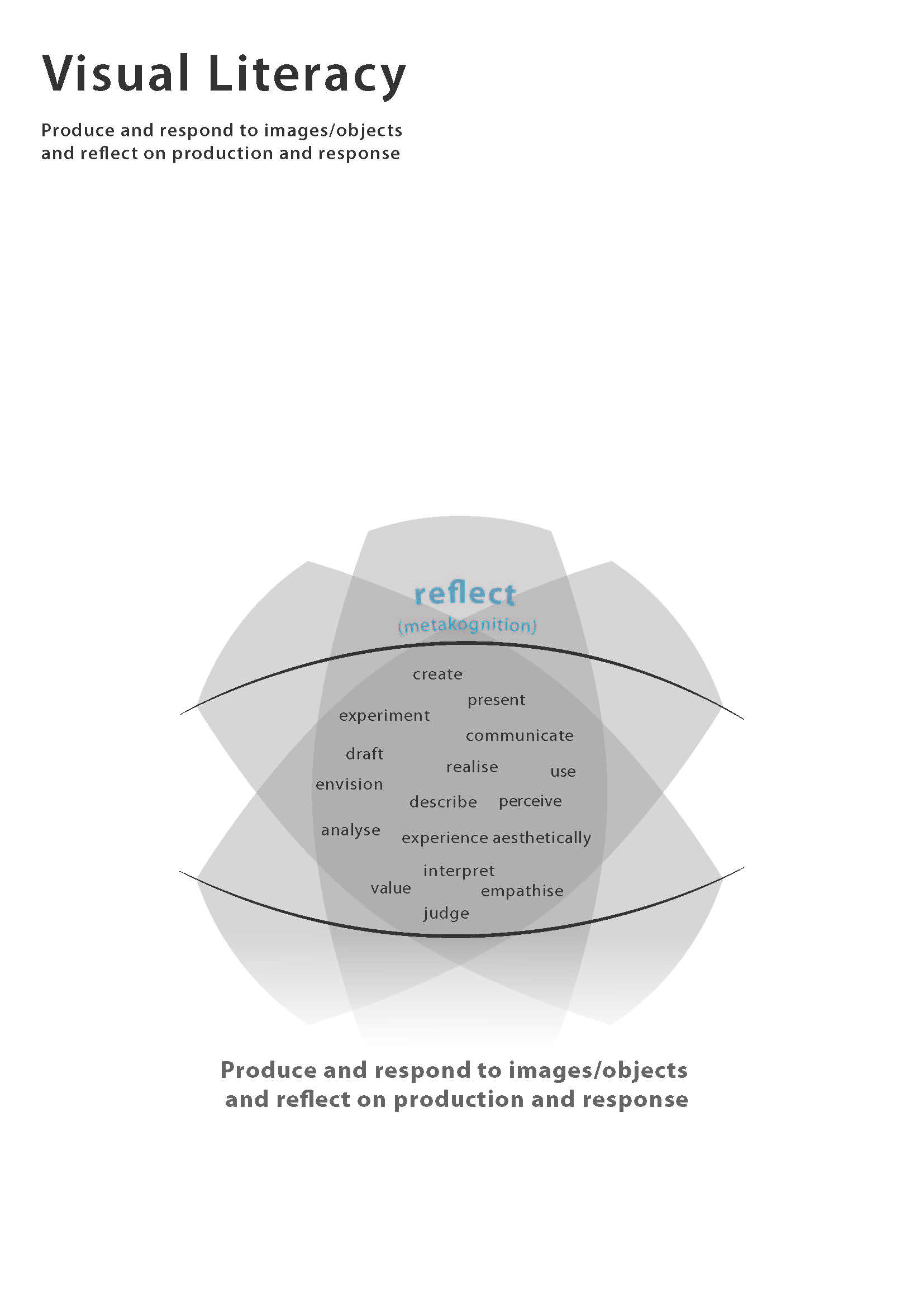
We live in an era of images. We make images, share them, consume them, use them, are influenced and even aestheticized by them, more and faster than ever before. But what is the next step? How do institutions such as museums and schools prepare for an image-saturated future?
We have try-outs with Aesthetic Development Interviews (ADI) and Material Object Interviews (MOI).
This Museum Debate project follows © Envil.eu which is an Erasmus+ network that works within a model of 5 main competences within a Common European Framework of Reference for Visual Competency. Click HERE.

Brian Kennedy (Director Peabody Essex Museum) philosopher Alva Noë (University of California, Berkeley), who puts forward the idea that perception is not so much a process in the brain, but a skillful activity of the body as a whole, Ernst Wagner (Academy of Fine Arts Munich) and Diederik Schönau develop a model of visual literacy with a specific focus on art museums.
Model of Visual Literacy
First the franework reflects lager educational goals such as citizenship, personal development, social cohesion and employability.
Second, the framework it relates to the fundamental building stones of any competency: knowledge, skills and attitudes.
Third, visual competencyconsists of: self-competencies, methodological competencies and social competencies.
Fourth, a clear division can be made between productive and receptive competencies.
Fifth, there are 16 sub-competencies of the productive and the receptive domain:
analyse, communicate, create, describe, draft, empathise, envision, experience aesthetically, experiment, interpret, judge, perceive, present, realize, use and value.
Finally, a special position is given to the notion of metacognition or reflection, that relates to all aspects and sub-competencies.
As mentioned before it was decided to define three main levels in competency: elementary, intermediate and competent. These levels are independent of age. If and when citizens should arrive at one of these levels is up to the educators, the education system and in the end for politicians to decide.
More information:
Willem van Dongen (1990), Doorzien. Eén kunstwerk op tien manieren bekeken. Assen/Maastricht: Van Gorcum.
Rob van Gerwen (1992), Kennis in schoonheid. Een inleiding in de moderne esthetica, Meppel: Boom.
Ernst Wagner, Diederik Schönau (Ed.) (2016). Common European Framework of Reference for Visual Literacy – Prototype Münster · New York: Waxmann